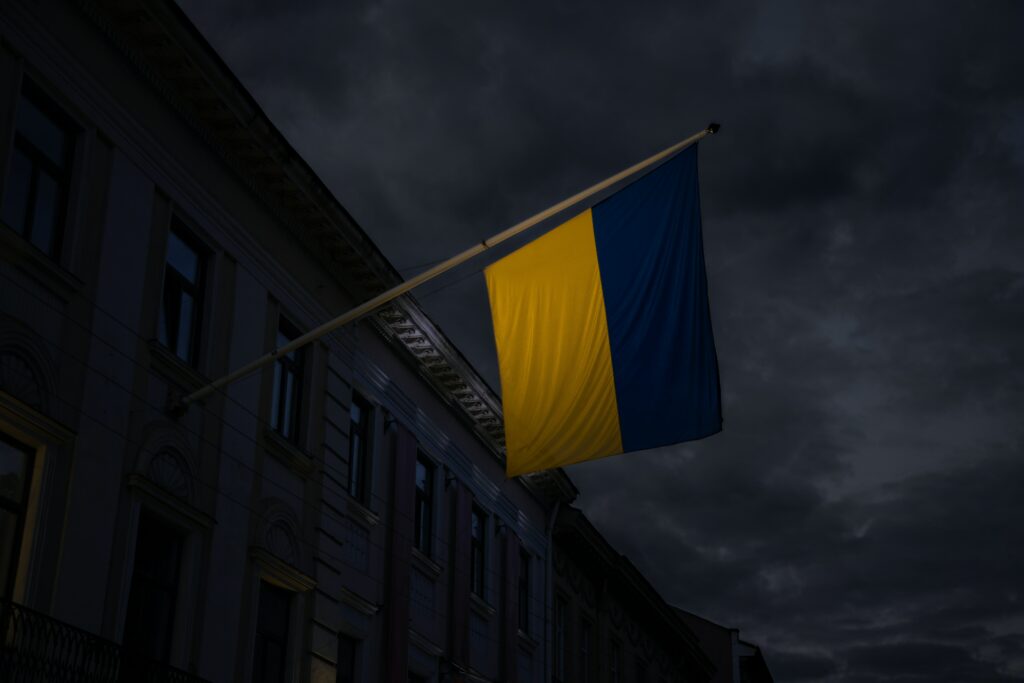Jo Mazelis reviews ‘In a Dream You Saw a Way to Survive and Were Full of Joy’, curated by Elizabeth Price at Swansea’s Glynn Vivian Gallery
Jo Spence, The Final Project, 1991–92. Courtesy the Estate of Jo Spence and Richard Saltoun Gallery © The Estate of Jo Spence
Glynn Vivian Art Gallery, 13th May to 28th August 2017
Swansea’s Glynn Vivian Gallery had been closed for five years during renovation, but since 2016 it’s back; bigger, better, with a new café and library.
The current exhibition, ‘In a Dream You Saw a Way to Survive and Were Full of Joy’ is curated by the Turner Prize-winning artist Elizabeth Price. The role of the curator has changed in recent years; he or she was once a shadowy figure with an office in the bowels of an institution who acted silently as gatekeeper and presenter of art. Lucy Worsley recently described how ‘people think that curating just means choosing nice things’ but clearly it involves far more than that.
The work in the current show is far-ranging; some of it is ‘art’ but some of it was never intended to function in that way; from the final scenes of a 1970 Rainer Werner Fassbinder film, to a roll of 19th century black mourning silk, to a book by Laurence Sterne, to colour photographs taken in 1977 to record the disturbances caused by a poltergeist in a suburban house in Enfield.
In exhibitions like this curation becomes an act of accumulation. The film clips, watercolours, photographs, prints and drawings take on new meaning by association, both losing the context of their original use and gaining new significance. The work is organised into four groups under an active verb; Sleeping, Working, Mourning and Dancing. The objects and images in each stir and shift, tumbling and colliding with ideas, with effect and with new impulses to produce meaning.
The effect of this is that the emphasis is not on the artist as auteur or sole maker, nor on ‘art’ gathered under the grouping of an art movement, particular medium, geographical area or time period. Instead the work represents the squirrel-like mind of the artist/curator.
Interestingly the photos of the poltergeist, which should have slipped back into distant memory, have been rejuvenated by a 2015 TV drama. The photos by Graham Morris were taken as evidence of the haunting and show one of the girls apparently flung by unseen hands from her bed.
A clip from the 1955 film ‘The Night of the Hunter’ provides a soundtrack that permeates the gallery space as the two children make their escape down river by moonlight. This sequence is one of the most remarkable, intense and beautiful ever made and it is that journey by water which distinguishes it both by its unusual length and the way it lingers over small details; a toad, grasses, the moon, the black rippling water.
Echoing the film clip with its watery landscape and sense of blighted, desperate lives is Chris Killip’s photograph, ‘Rocker and Rosie Going Home, 1982’ which shows a woman and child on the back of a horse-drawn cart on Seacoal Beach in Northumberland. Lying in front of the boy is sack of coal which almost looks like a dirty pillow and both of the figures look very cold and dirty – which is only to be expected given the place and the work they have been doing – collecting coal waste from the shores of the unforgiving North Sea.

The grimy coal-filled sack in Killip’s photograph is echoed by Gavin Turk’s ineffable and very solid bronze sculpture of a grubby sleeping bag that lies with its hidden humped occupant on the gallery’s floor, as vulnerable and out of place as rough sleepers on any city thoroughfare.
The sense of cold and stain is reiterated in the single photograph by Francesca Woodman of a naked woman coiled up in a foetal position on a black, cracked landscape, her pale body partially encased and dirtied by the mud she is lying on.
The sea figures once again in a series of pencil and watercolour sketches of landscapes made for ‘coastal recognition’. These were originally meant to aid navigation and therefore had no function as aesthetic images but nonetheless they are both beautiful and fascinating.
In the section ‘Mourning’ there is one of Jo Spence’s final images; a self-portrait of the artist floating on her back that is superimposed upon a ploughed field. Here Spence is mourning her own life as by the time this photo was created she knew that she would die from the cancer that she had unflinchingly documented since its diagnosis. ‘The Final Project’ image places her both in a position of submission and also dreamlike otherworldliness that becomes a last testament to her life’s work.
The exhibition as a whole in some ways suggests a difficult navigation through human experience and draws attention to those aspects of journey and memory and understanding which force meaning on images and experience, stressing always its mutability, its fleeting importance and finally its impermanence.





